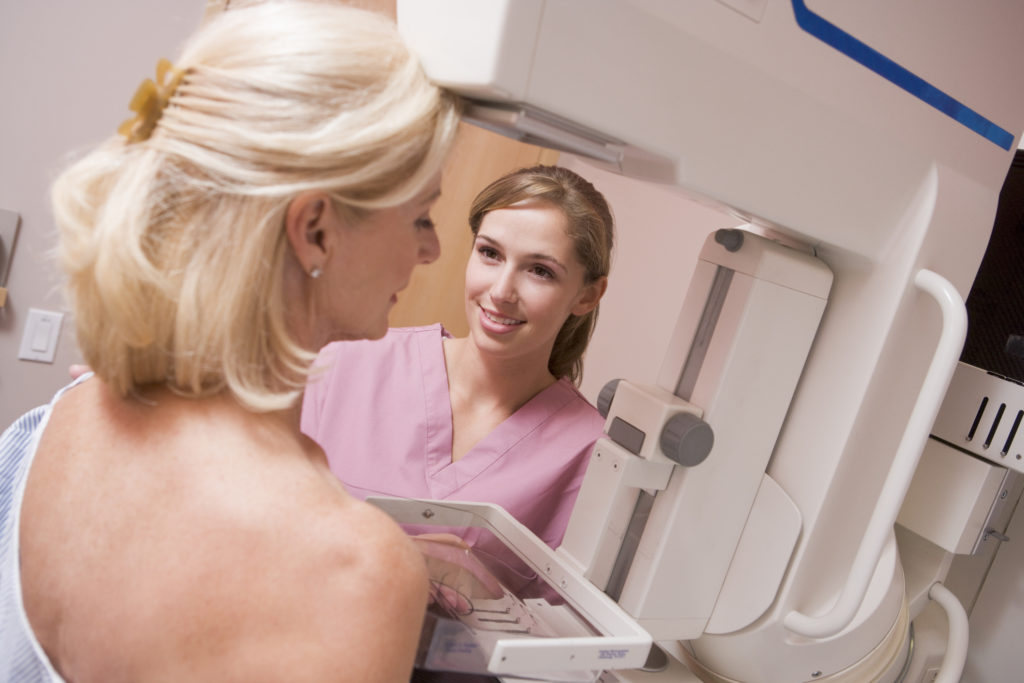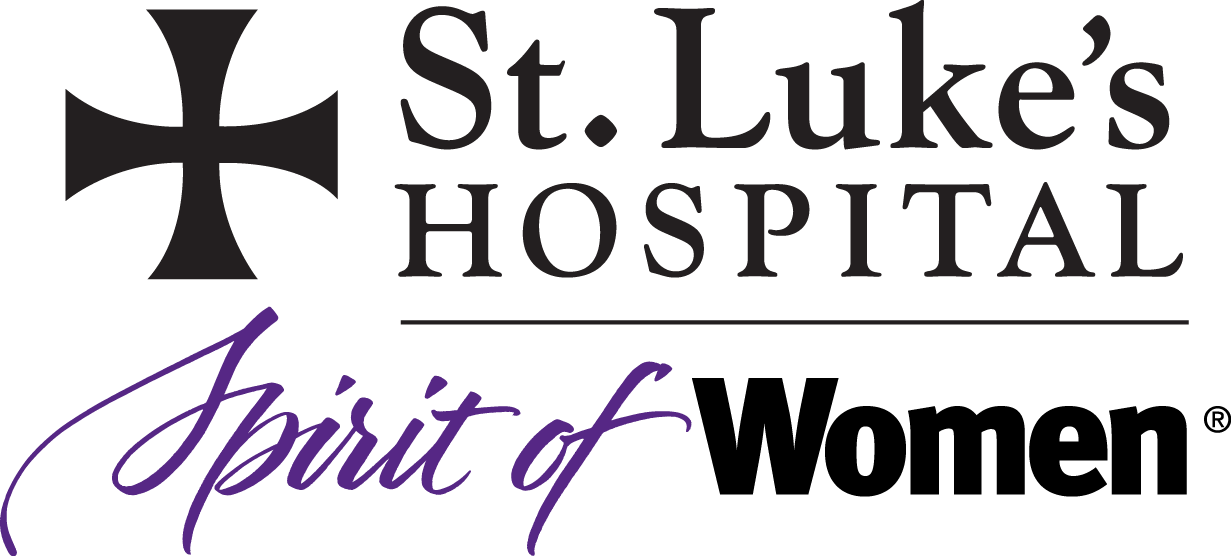Call us at: 314-205-6654
Breast
While all breasts are made up of three main parts – glands, ducts, and connective tissues – no breast is typical. They vary from woman to woman. The way breasts look and feel can be affected by age, weight or medications. Most women say their breasts feel lumpy or uneven, but a lot of the time, it’s only when an unusual lump is found that notice is taken.

Breast cancer is the most common cancer in American women regardless of race or ethnicity. There are different kinds of breast cancer; the most common types are ductal carcinoma, which begins in the lining of the breast ducts, and lobular carcinoma, which starts in the lobules, the glands that produce milk
| RISK FACTORS | SYMPTOMS | SCREENINGS | STAGES | TREATMENT OPTIONS |
| younger age during first menstrual period, starting menopause at a later age, being older at birth of first child, never giving birth, not breastfeeding, long-term use of hormone replacement therapy, changes in the breast cancer-related genes BRCA1 or BRCA2, personal history, family history, age, diet, lifestyle | new lump in breast or underarm, thickening/swelling of part of breast, irritation/dimpling of breast skin, redness/flaky skin in nipple area or breast, pulling in of the nipple or pain in nipple area, nipple discharge other than breast milk, including blood, any change in size/shape of breast, pain in any area of breast | mammogram, clinical breast exam, self breast exam | stages 0-IV tell whether cancer is limited to one area in breast, or has spread to healthy tissues inside breast or other parts of body based on characteristics: size, invasive or non-invasive, in lymph nodes or not, and spreading to other body parts | surgery, chemotherapy, hormonal therapy, biologic therapy, radiation often more than one kind of treatment is used |
